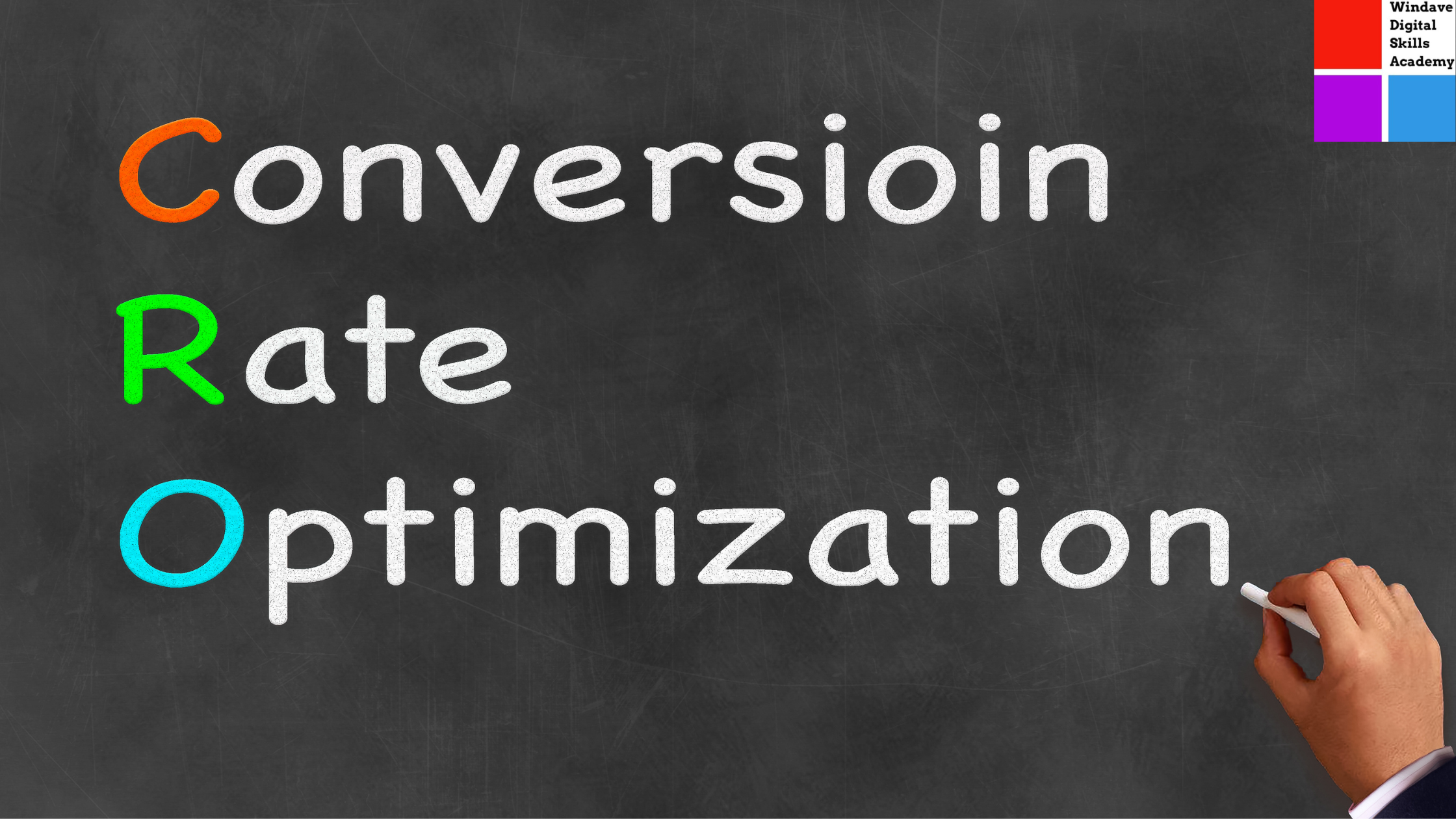What is a Conversion Rate: How to Measure a Conversion Rate?
In the fast-paced world of digital marketing, understanding the nuances of conversion rates is crucial for any business aiming for growth and sustainability.
Monitoring your conversion rate is important to know your profit margin and what to improve on.
What is a Conversion Rate?
Table of Contents
At its core, a conversion rate is the percentage of users who take a desired action on a website or app.
This action can vary depending on the business goals, such as making a purchase, signing up for a newsletter, filling out a contact form, or downloading a resource.
The formula to calculate the conversion rate is straightforward:
Conversion Rate = Number of Conversions x 100
Total Visitors
For example;
If a website had 1,000 visitors in a month and 50 of those visitors made a purchase, the conversion rate would be 5%.
This metric provides insight into how effectively a website or marketing campaign turns visitors into customers or leads.
Why Conversion Rate is Important for Business Analysis
- Measuring Success
Conversion rates are a direct reflection of how well your business strategies are working.
A high conversion rate indicates that your marketing tactics are effective and resonate with your target audience.
Conversely, a low conversion rate may signal issues in your sales funnel, user experience, or marketing messages.
- Optimizing Marketing Spend
Understanding conversion rates helps businesses allocate resources more effectively.
By identifying which channels yield the highest conversion rates, companies can optimize their marketing budgets and focus efforts on the most profitable avenues.
- Improving User Experience
Analyzing conversion rates can reveal insights into user behavior and preferences.
Businesses can identify potential pain points in the customer journey and make necessary adjustments to enhance user experience, ultimately leading to higher conversions.
- Setting Benchmarks and Goals
Conversion rates provide benchmarks against which businesses can measure their performance over time.
Setting specific conversion goals, businesses can track their progress and motivate teams to achieve better results.
Types of Conversion Rates
Depending on their specific goals, different businesses and industries may focus on various conversion rates.
Here are some common types:
E-commerce Conversion Rate
This is the percentage of visitors who complete a purchase. It’s crucial for online retailers as it directly impacts revenue.
Lead Generation Conversion Rate
For businesses that generate leads, this metric tracks the percentage of visitors who fill out a contact form, subscribe to a newsletter or download a resource.
Landing Page Conversion Rate
Landing pages are designed for specific campaigns.
This rate measures the effectiveness of a landing page in converting visitors into leads or customers.
Click-Through Rate (CTR)
While not a conversion rate in the strictest sense, CTR measures how many users click on a specific link, ad, or call to action.
It’s an essential metric for assessing the effectiveness of advertising campaigns.
Customer Retention Rate
This measures how many customers continue to engage with your business after their initial purchase, reflecting customer satisfaction and loyalty.
How to Calculate/Measure Conversion Rate
Calculating conversion rates involves a straightforward formula, but tracking them accurately requires proper analytics setup.
Here’s how to do it:
Define the Goal: Clearly define what a “conversion” means for your business. This could be a purchase, sign-up, or download.
Collect Data: Use web analytics tools (like Google Analytics) to gather data on total visitors and the number of conversions.
Apply the Formula: Use the earlier formula to calculate the conversion rate.
Analyze the Results: Look at the conversion rates across different campaigns, pages, and periods to identify trends and areas for improvement.
How to Improve the Conversion Rate of a Business
Improving conversion rates is a continuous process that involves testing, analysis, and optimization.
Here are several strategies to enhance your conversion rates:
- Optimize Your Website Design
Ensure your website is visually appealing, easy to navigate, and mobile-friendly.
A clean, user-friendly design enhances user experience, making it easier for visitors to convert.
- Craft Compelling Calls to Action (CTAs)
Your CTAs should be clear, concise, and compelling.
Use action-oriented language and ensure they stand out on the page.
- A/B Testing
Regularly test different versions of your web pages, CTAs, and content to see which variations lead to higher conversion rates.
A/B testing can provide valuable insights into user preferences.
- Enhance Trust and Credibility
Display trust signals, such as customer reviews, testimonials, security badges, and clear return policies.
Building trust can significantly influence a visitor’s decision to convert.
- Improve Page Load Speed
Slow-loading pages can lead to high bounce rates.
Optimize your website’s performance to ensure fast loading times, which can positively affect conversion rates.
- Personalize User Experience
Utilize data to personalize the user experience.
Tailored recommendations, content, and offers can lead to higher engagement and conversions.
- Follow Up with Leads
For lead generation, follow up promptly with potential customers.
Email marketing and retargeting ads can help keep your brand top-of-mind, encouraging conversions down the line.
Tools for Checking Different Types of Conversion Rates
Numerous tools are available to help businesses track and analyze conversion rates.
Here are some of the most popular options:
- Google Analytics
A powerful, free tool that provides in-depth insights into website traffic, user behavior, and conversion tracking. You can set up goals to monitor specific conversions.
- Hotjar
Hotjar offers heatmaps, session recordings, and user feedback tools to understand how users interact with your site. This insight can inform conversion rate optimization efforts.
- Optimizely
Optimizely is a robust A/B testing platform that allows you to experiment with different variations of your web pages to identify which designs lead to higher conversion rates.
- Crazy Egg
Similar to Hotjar, Crazy Egg provides heatmaps, scroll maps, and other tools to visualize user behavior on your website, helping identify areas for improvement.
- HubSpot
HubSpot is an all-in-one marketing platform that offers analytics and conversion tracking tools, making it easy to monitor and optimize lead generation efforts.
Conclusion
In conclusion, understanding and optimizing conversion rates is vital for any business striving for success in today’s competitive landscape.
From e-commerce sites to lead generation platforms, knowing how to calculate, analyze, and improve conversion rates can make all the difference.
With the right tools and strategies, businesses can enhance their user experience, build trust with potential customers, and create compelling calls to action that convert visitors into loyal customers.
Embracing the importance of conversion rates is not just a metric for success, it’s a roadmap for sustainable growth in an ever-evolving digital world.




